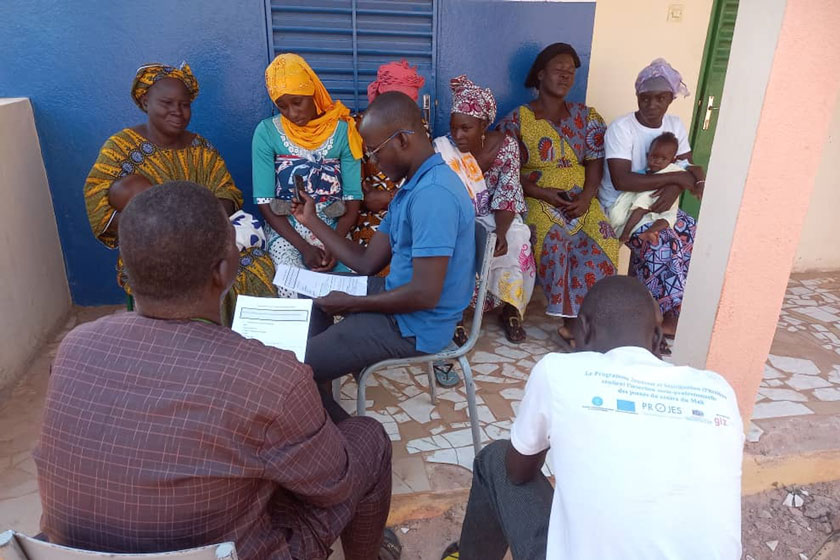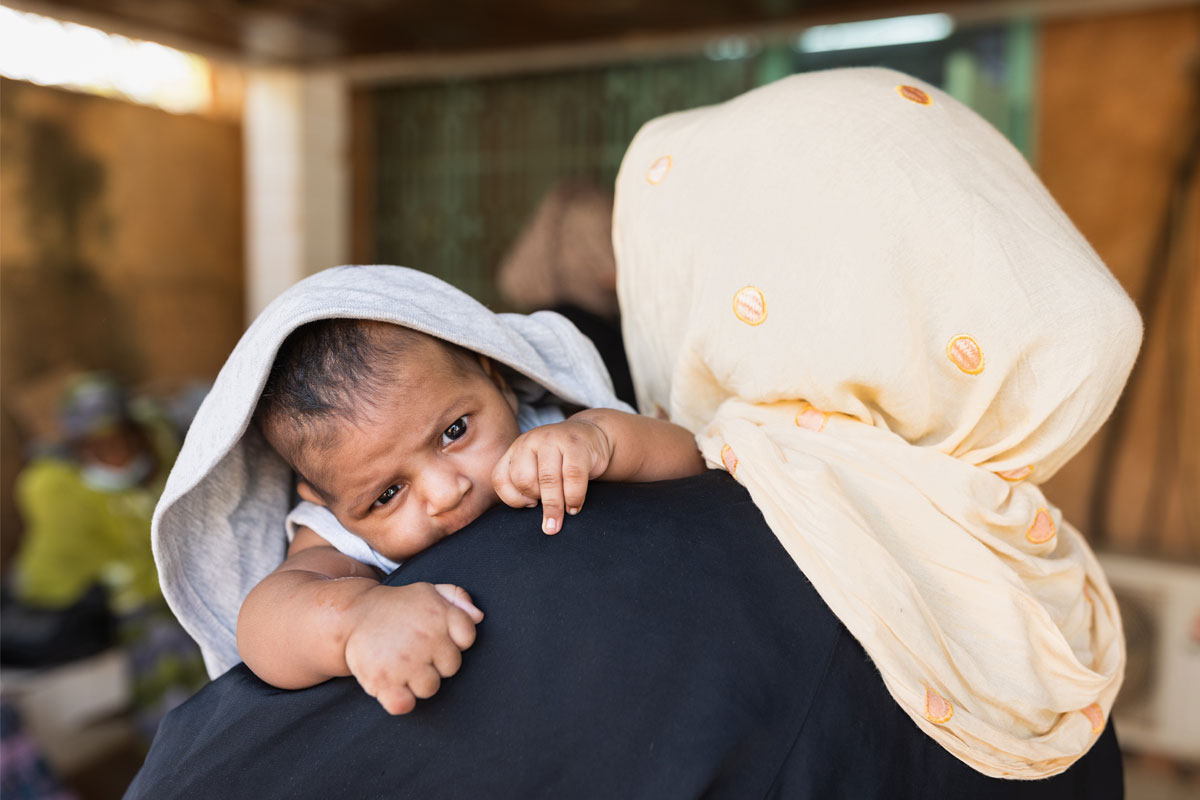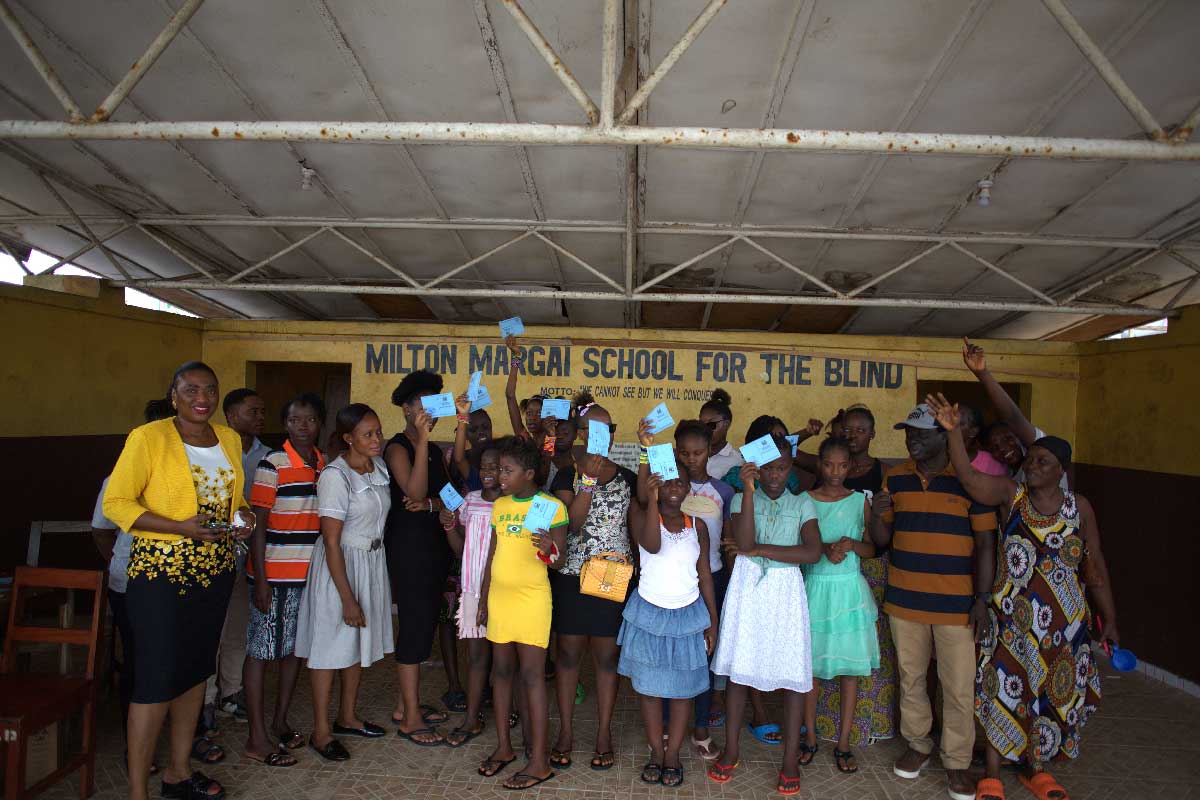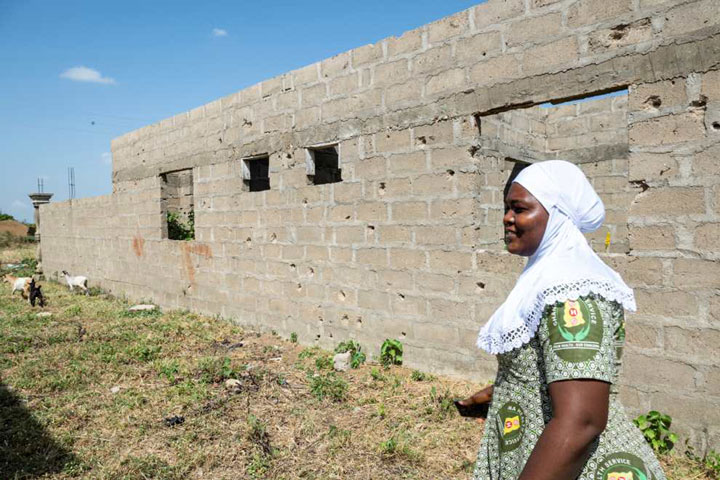From “Did it work?” to “Why did it work?” How theory-based evaluation strengthens immunisation
Asking whether a programme worked is no longer enough. To reach zero-dose and under-immunised children, we also need to understand why a programme worked.
- 27 November 2025
- 5 min read
- by JSI

Imagine running a new immunisation outreach programme in a rural community. Six months later, you see the data: coverage has gone up. But an essential question remains unanswered: why did it work?
Was it because community leaders encouraged caregivers? Or because parents felt less fearful of side effects? Or was it because of something outside of the programme’s control, like the vaccine supply was uninterrupted?
Without those answers, it’s hard to know what to replicate, adapt, or avoid when scaling the programme.
To reach zero-dose and under-immunised children, we also need to understand why a programme worked, or didn’t.
This is the challenge of understanding the change process or “black box” in traditional programme evaluation.
Standard monitoring approaches often tell us if an intervention worked, but leave us guessing about the how and why. For immunisation programmes targeting zero-dose and under-immunised children, often the hardest to reach, those gaps can make the difference between sustained progress and stalled impact.
What is theory-based evaluation?
Theory-based evaluation helps open that black box by ensuring programme design and measurement are guided by a clear, justified change pathway rather than guesswork.
Instead of relying on anecdotes or simply hoping activities lead to impact, theory-based evaluation clarifies why and how a programme is expected to work. It maps the underlying theory and assumptions between activities and impacts, showing the causal pathways that connect them.
This is especially important for zero-dose programming. These children often live in complex environments, facing multiple challenges: conflict zones, mobile and migrant communities or areas where social norms and fears block access to care.
In such contexts, understanding why a programme worked, or didn’t, is just as critical as knowing whether coverage increased to help decision-makers know what to do more or less of, and to translate and scale promising practices.
Lessons from Uganda: clarifying pathways for impact
When the Uganda Learning Hub prepared to evaluate an intervention to engage local leaders in advocating for immunisation, they found that the programme had not clearly explained how leaders were expected to influence caregivers, or which barriers they were meant to address.
Have you read?
Were they raising awareness? Reassuring parents about vaccine safety? Or providing material support like transport to clinics? By working with the implementer to unpack these pathways, the team turned the evaluation design into a programme-strengthening exercise.
Clarifying the “why” helped sharpen activities, target messages more effectively, and establish clearer measures of progress. This is the value of theory-based approaches: they don’t just help evaluators understand results, they give implementers practical tools to improve programmes in real time.
The role of theories of change
At the heart of theory-based evaluation is the theory of change, a framework that lays out the steps between activities and long-term goals, along with the assumptions and risks that underpin them. A theory of change serves as both a roadmap and a reality check: it makes expectations explicit so they can be tested, refined, and adapted.
Unlike logframes, which emphasise what will be implemented, a theory of change focuses on why and how change is expected to occur. That makes it especially valuable in the dynamic environments where zero-dose and under-immunised children are found.
Collaboration makes theories of change stronger
Developing a collaborative theory of change was an important enabler across the Learning Hubs, strengthening their ability to link research findings to programmatic and policy decisions.
In Mali, for example, the Learning Hub worked with the national immunisation programme, district health teams, civil society and partners to jointly map pathways and align new tools, such as digital supervision and logistics systems, with broader national plans.
This process ensured that stakeholders jointly agreed on the mechanisms by which the interventions were expected to work. It also built ownership and ensured the theory of change became a living guide for real-time adaptation, not just a document on a shelf.
Keeping theories of change alive: revisiting and revising
One of the most common pitfalls is treating a theory of change as “done” once it’s drafted. In rapidly changing contexts, theories of change must evolve. The Bangladesh Learning Hub experienced this in 2024 as a result of political upheaval in the country.
By updating the important assumptions underlying their theory of change, the team was able to adjust programming and limit the impact of external factors on their objective of reaching zero-dose and under-immunised children.
Violence and lockdowns challenged assumptions the team had made about how they would reach zero-dose children. In response, the team and their government partners rapidly revisited and revised their strategy. By updating the important assumptions underlying their theory of change, the team was able to adjust programming and limit the impact of external factors on their objective of reaching zero-dose and under-immunised children.
Inside the toolkit: questions it helps you answer
The new Zero-Dose Learning Hub Designing and Evaluating Zero-Dose Programs with Theory-Based Approaches: A Toolkit brings these lessons together. It supports governments, partners and implementers who want to go beyond “did it work?” and start asking:
- How did the changes in coverage come about?
- Which assumptions held true, and which need to be revisited?
- How did context, such as political instability, social norms, or vaccine supply shape results?
- What unintended outcomes of the programme, positive or negative, should we pay attention to?
The toolkit offers guidance on developing and revisiting theories of change, case studies from the Learning Hubs in Bangladesh, Mali, Nigeria and Uganda, and adaptable tools for different contexts.
From “Did it work?” to “Why did it work?”
The lesson is clear: asking whether a programme worked is no longer enough. To reach zero-dose and under-immunised children, we also need to understand why a programme worked, or didn’t. Theory-based approaches and theories of change provide the frameworks to answer those questions, helping us design smarter programmes, generate evidence, adapt to changing contexts, and ultimately ensure that no child is left behind.
The new Designing and Evaluating Zero-Dose Programs with Theory-Based Approaches Toolkit is now available. Visit the ZDLH website to access the toolkit and start exploring how theory-based approaches can strengthen your immunisation programmes today.
Led by JSI, with partners the International Institute of Health Management Research and The Geneva Learning Foundation, Gavi’s ZDLH is a global learning initiative to generate evidence and engage stakeholders to identify and reach zero-dose and under-immunised children. As the global learning partner, JSI supports Country Learning Hubs in Bangladesh, Mali, Nigeria, and Uganda to advance evidence-based strategies aligned with Gavi’s Identify-Reach-Monitor and Measure-Advocate (IRMMA) framework. Key ZDLH achievements include demand-driven technical assistance and the development of tools and resources, all aimed at identifying and reaching zero-dose children and integrating evidence into policy and practice.







